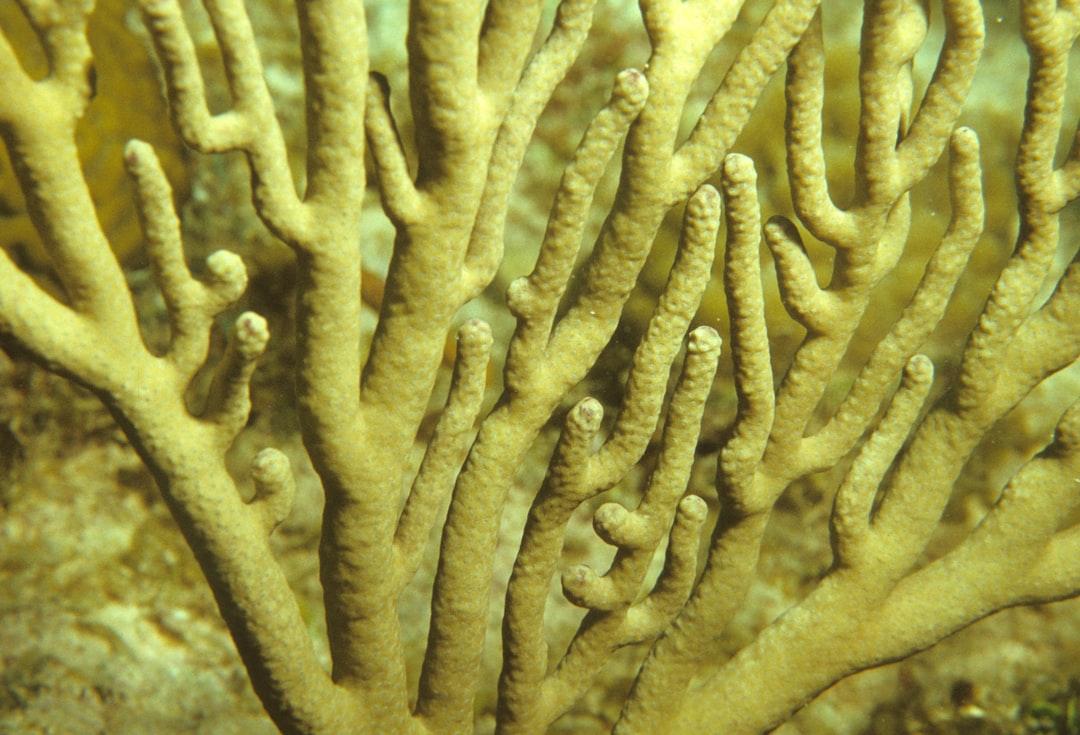What is it about?
Illegal unreported and unregulated fishing methods have serious threats to the global capture fisheries, yet they remain inadequately disclosed for appropriate mitigation measures to be taken. This study analyzed secondary data from monitoring control and surveillance (MCS) activities on the fishery in Lake Naivasha (Kenya), to disclose the IUU methods and confirm their trends. It proved that use of illegal fishing boats with outboard engines, and gill nets, had significant increasing trends between 2012 and 2018, and the trends corresponded with weak enforcement of fisheries regulations. Therefore, a multi-stakeholder participatory approach is recommended to evaluate and strengthen the practice of fisheries management at Lake Naivasha.
Featured Image

Photo by Jed Owen on Unsplash
Why is it important?
Many studies on Kenya's inland fisheries, describe illegal, unreported and unregulated (IUU) fishing trends without empirical evidence to confirm trends and inform appropriate management decisions. This study was able to analyze and confirm increasing trends of IUU fishing practices in the Lake Naivasha.
Perspectives
Writing this article involved scientists and fisheries managers with long work experiences in freshwater fisheries research and management. I hope the contents of this article will stimulate interests and further discussions or collaborative work to carryout to assessment risks and impacts associated with IUU fishing in the fisheries of inland waters.
Dr George Morara
Kenya Marine and Fisheries Research Institute
Read the Original
This page is a summary of: Illegal unregulated and unreported fishing: Methods and increasing trends in Lake Naivasha, Kenya, Lakes & Reservoirs Science Policy and Management for Sustainable Use, February 2021, Wiley,
DOI: 10.1111/lre.12341.
You can read the full text:
Contributors
The following have contributed to this page










